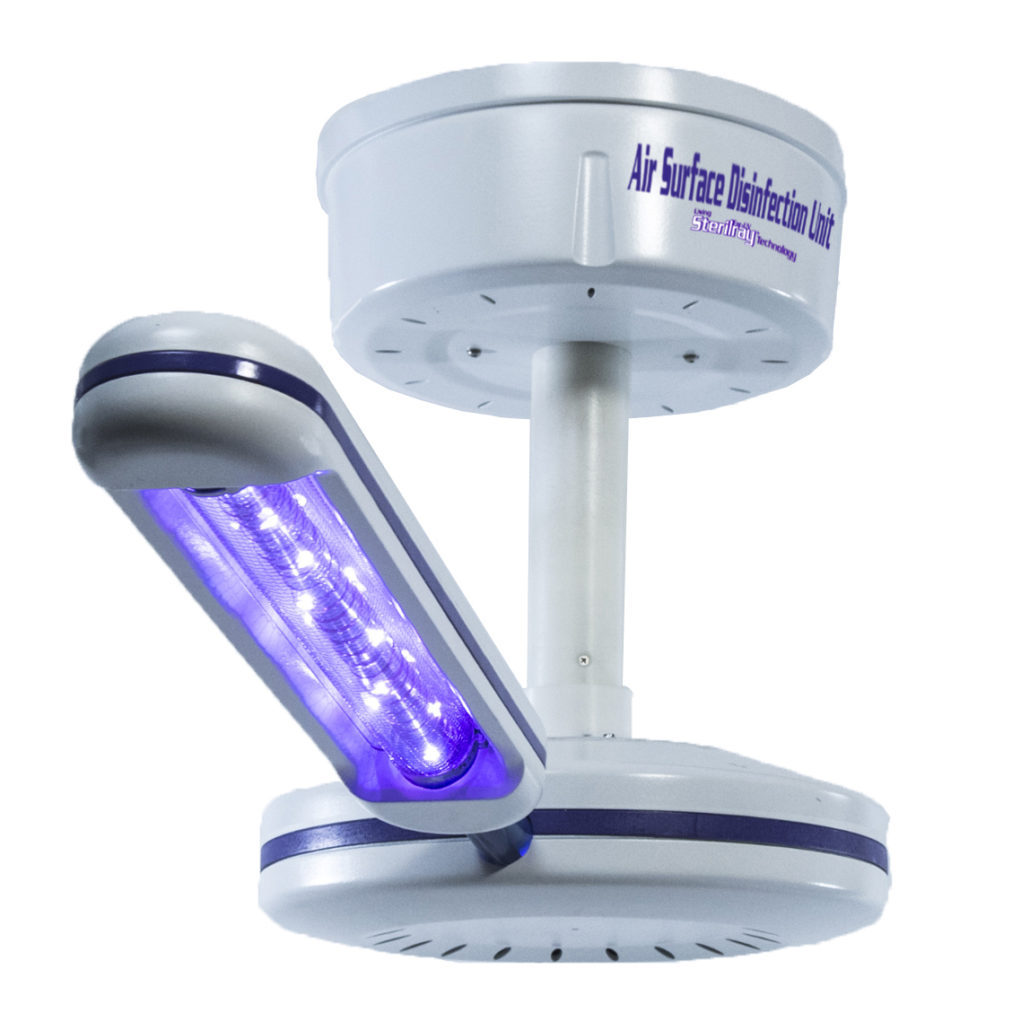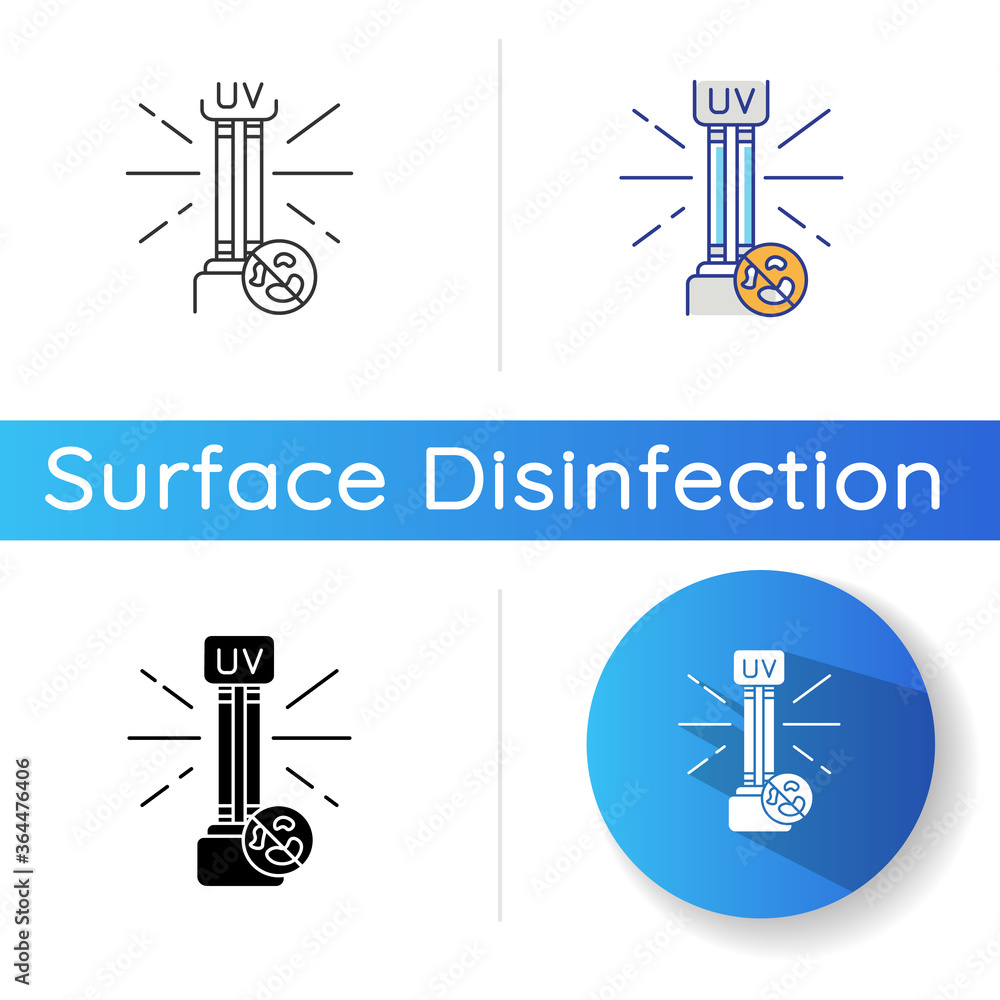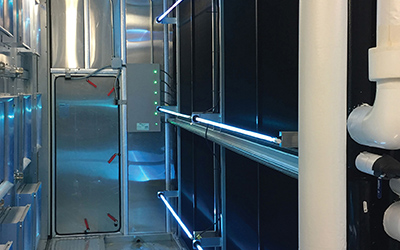UV Surface Disinfection Demystified: Understanding the Science Behind the Service
UV Surface Disinfection Demystified: Understanding the Science Behind the Service
Blog Article
Discovering UV Disinfection: A Crucial Device in the Battle Against Dangerous Microorganisms
As the globe faces an ever-increasing threat from harmful virus, the search for effective methods of sanitation has actually come to be an immediate concern. One such approach that has garnered substantial attention is UV disinfection. In this conversation, we will certainly delve into the world of UV disinfection, uncovering its prospective as a necessary device in the fight versus unsafe pathogens.
How Does UV Disinfection Job?
UV sanitation works by utilizing ultraviolet (UV) light to remove hazardous microorganisms and prevent their spread. This highly efficient technique involves the usage of UV radiation to interrupt the DNA and RNA of bacteria, rendering them not able to reproduce and triggering their supreme destruction.
When UV light is used for disinfection, it is normally released from a light or light bulb that produces a particular wavelength of UV-C light. uv surface disinfection. This wavelength, varying from 200 to 280 nanometers, is especially reliable at passing through the external cell wall surface of germs, viruses, and other bacteria. As soon as inside the cell, the UV radiation targets and harms the hereditary product, protecting against the microorganism from recreating and causing infection
UV sanitation systems are designed to discharge the ideal strength and duration of UV light to make certain effective microorganism removal. The dosage of UV light needed for sanitation depends upon variables such as the sort of microbe, its resistance to UV radiation, and the certain application. In addition, the system should be thoroughly crafted to make sure proper exposure of the target virus and to stay clear of any kind of possible harm to human beings or the setting.
The Benefits of UV Sanitation
UV disinfection uses a plethora of benefits in efficiently removing harmful pathogens and minimizing the danger of infection. Unlike standard disinfection approaches that rely on chemicals, UV disinfection utilizes ultraviolet light to destroy the DNA and RNA of microorganisms, rendering them not able to replicate and trigger infections.
One more significant advantage of UV sanitation is its effectiveness in killing a wide variety of microorganisms. UV light has been proven to successfully get rid of microorganisms, viruses, fungi, and protozoa, consisting of those that are resistant to typical anti-bacterials. This broad-spectrum performance makes UV disinfection a flexible tool in different setups, such as healthcare centers, water treatment plants, and food handling markets.
Along with its efficacy, UV disinfection additionally provides quick sanitation cycles. Unlike other techniques that require prolonged get in touch with times or recurring applications, UV sanitation can attain considerable microorganism decrease immediately. This quick and efficient procedure enables improved performance, minimized downtime, and increased overall functional effectiveness.
Furthermore, UV disinfection is a non-contact approach, which implies that it does not require straight physical call with the surface areas or objects being sanitized. This feature makes it appropriate for use on fragile equipment and sensitive products that might be harmed or influenced by various other disinfection approaches.
Applications of UV Sanitation in Health Care

UV sanitation is additionally made use of in the sanitation of clinical devices and instruments (uv surface disinfection). The high strength of UV light can successfully kill bacteria, viruses, and various other bacteria, ensuring that clinical devices are risk-free and complimentary from contaminants. Additionally, UV sanitation is utilized in water treatment systems within health care facilities. UV light is qualified of suspending harmful bacteria, viruses, and parasites, making the water safe for consumption and minimizing the danger of waterborne infections.
In addition, UV sanitation innovation is employed in the sanitation of medical care attires and individual protective equipment (PPE) By utilizing UV light, health care experts can make certain that their uniforms and PPE are totally free from microorganisms, stopping the transmission of infections in between individuals and medical care workers.
UV Disinfection in Public Spaces
Public spaces are significantly implementing UV sanitation technology as an essential step to deal with the spread of harmful pathogens. With the ongoing international pandemic and the consistent danger of contagious illness, the demand for effective disinfection approaches in public areas has actually ended up being paramount. UV sanitation supplies a effective and reputable remedy hereof.

UV disinfection systems utilize ultraviolet light to shut down the DNA and RNA of microorganisms, infections, and other virus. This procedure interrupts their ability to duplicate and make them harmless. These systems can be installed in numerous public areas, consisting of HVAC systems, escalators, lifts, and surface sanitation robots. Making use of UV disinfection modern technology in public rooms not only aids in reducing the threat of infection yet likewise imparts confidence among the public regarding their security.
As public rooms proceed to adjust to the obstacles postured by infectious diseases, UV disinfection innovation plays an important function in making certain a clean and risk-free setting. By applying such actions, public areas can effectively reduce the spread of damaging microorganisms and add to the click this overall health of the site area.
The Future of UV Disinfection Technology
As the need for improved disinfection approaches remains to grow in response to the ongoing international pandemic and the consistent hazard of infectious diseases, the future of UV sanitation innovation holds appealing developments in guaranteeing a lot more reliable and efficient pathogen obliteration in numerous settings.

One location of advancement is the development of more mobile and portable UV sanitation devices. These devices would enable less complicated and much more versatile implementation in a selection of setups, such as offices, institutions, and transport systems. Furthermore, advancements in automation and robotics are being checked out to improve the efficiency and performance of UV sanitation processes. This includes using self-governing robotics outfitted with UV-C lights to navigate and sanitize big areas swiftly and properly.
One more location of expedition is using UV disinfection in air purification systems. By incorporating UV-C lights into a/c systems, airborne pathogens can be effectively neutralized, decreasing the danger of transmission in indoor atmospheres.
Moreover, scientists are examining using UV disinfection in food handling centers to make sure the security and high quality of food. UV-C light has actually been discovered to be effective in removing foodborne pathogens, using a chemical-free alternative to standard disinfection approaches.
Final Thought
In verdict, UV disinfection is an essential tool in the fight against unsafe pathogens. With its ability to offer a chemical-free and environmentally pleasant technique of sanitation, UV modern technology holds wonderful possible for the future.
UV disinfection systems are created to emit the proper intensity and duration of check this site out UV light to make certain efficient pathogen removal. The dose of UV light required for sanitation depends on aspects such as the type of microorganism, its resistance to UV radiation, and the details application. Unlike typical disinfection methods that depend on chemicals, UV sanitation uses ultraviolet light to destroy the DNA and RNA of microbes, making them unable to reproduce and create infections.In addition to its efficacy, UV sanitation likewise provides rapid sanitation cycles. One of the major applications of UV sanitation in healthcare is in the disinfection of client areas and operating theaters.
Report this page